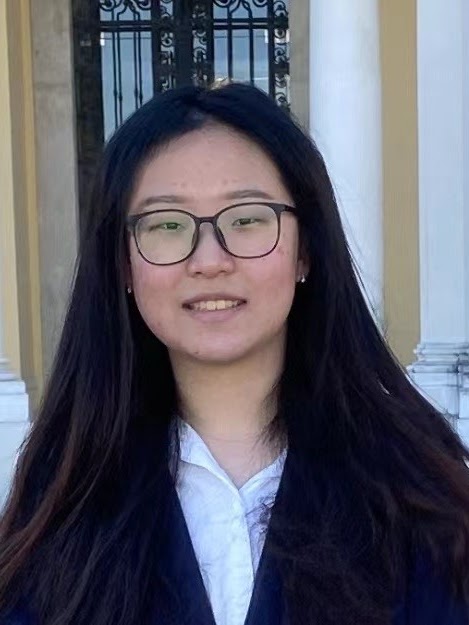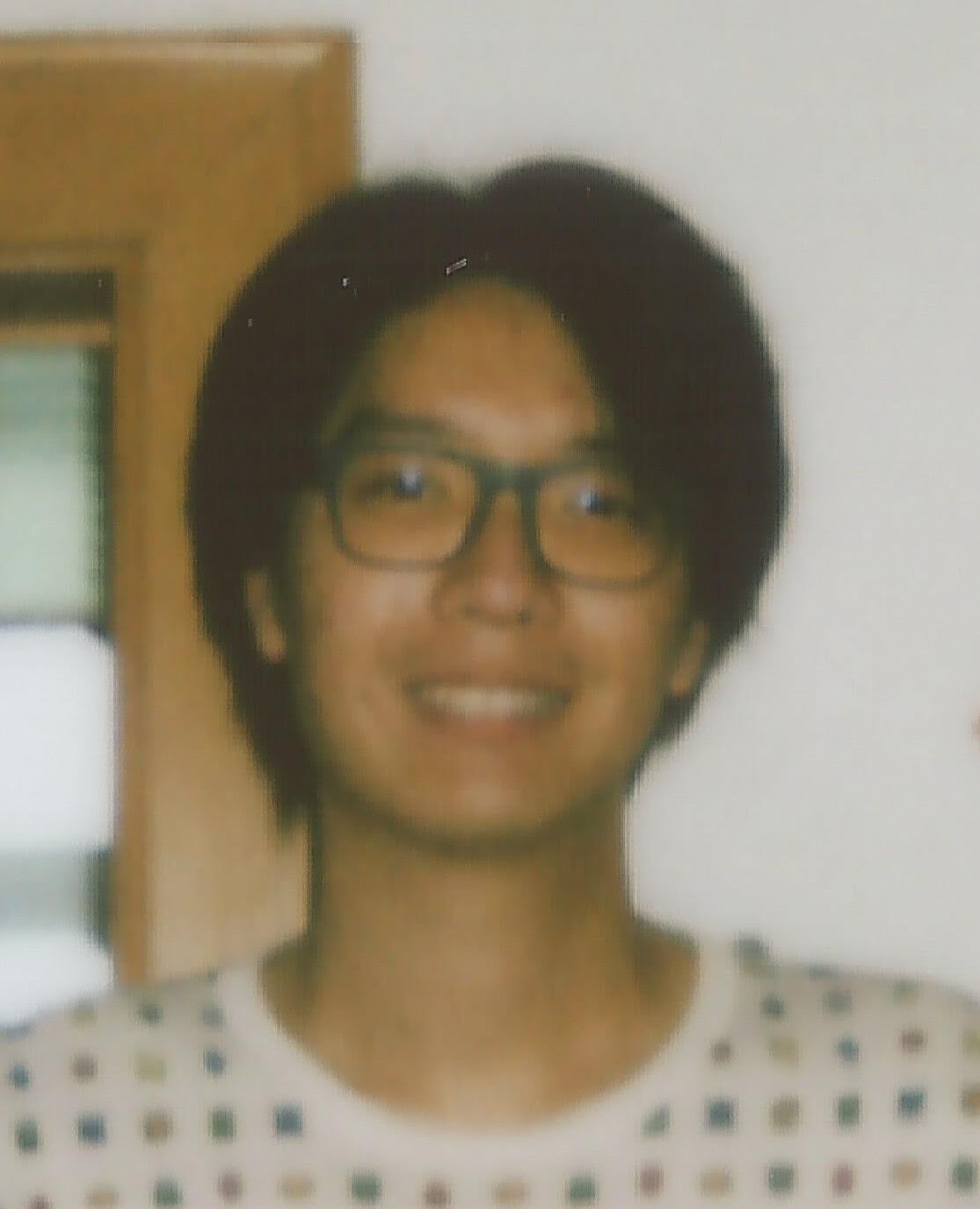Biomedical Imaging and Instrumentation
(D-143) Expansion Light-field Microscopy for Fast 3D Super-resolution Single Cell Imaging

Xiaopeng Wang
Undergraduate Research Assistant
Georgia Institute of Technology
Atlanta, Georgia, United States
Keyi Han
Graduate Research Assistant
Georgia Institute of Technology
Atlanta, Georgia, United States
Shu Jia
Assistant Professor
Georgia Institute of Technology, United States
Presenting Author(s)
Co-Author(s)
Primary Investigator(s)
Biomedical imaging has long been constrained by the diffraction limit of light in classic widefield microscopy. Super-resolution techniques such as stimulated emission depletion (STED) microscopy, structured illumination microscopy (SIM), and single-molecule localization microscopy (SMLM), offer solutions to surpass this limit [1-4], but the complex setups and post-processing hinder widespread use. In 2015, Boyden et al. introduced expansion microscopy (ExM), a convenient super-resolution imaging approach that uses hydrogel to isotropically expand biological samples, resolving previously sub-diffraction limit structures [5]. However, ExM's compatibility with most conventional microscopes is limited by a decrease in labeling density caused by sample expansion, worsen fluorescence photobleaching during prolonged volumetric data acquisition, and leading to photodamage and unreliable data when using the conventional sequential z-scanning scheme for 3D information.
To address these challenges, we present expansion light-field microscopy (Ex-LFM), combining ExM with Fourier LFM for rapid 3D super-resolution imaging of single cell. LFM is a scanning-free volumetric imaging method with near-diffraction-limited resolution in all dimensions [6]. Merging these techniques allows for effective 3D information acquisition from expanded samples at a super-resolution scale within milliseconds and without photodamage. Validating the system, we investigated HeLa cell microtubule structures using Ex-LFM, achieving a lateral resolution of 75 nm and axial resolution of 128 nm in the reconstructed 3D images. We anticipate that Ex-LFM to be a powerful tool for rapid 3D super-resolution imaging, with the potential for adaptation to various cell types and structures, thus advancing biomedical research.
Materials and Methods::
Ex-LFM contains two main components: (1) Cell expansion, and (2) Fourier LFM imaging. The expansion procedure for Ex-LFM involves three steps: immunostaining, gelation, and expansion. Following established protocols [7], we performed immunostaining to label the microtubule structures of cultured HeLa cells, with AF488-conjugated antibodies. We proceeded with gelation by polymerizing a gelation solution comprising sodium acrylate (SA) and N,N-dimethylacrylamide (DMAA). SA acts as a cross-linking agent, while DMAA serves as a monomer for the hydrogel backbone. Finally, we achieved expansion by immersing the sample in water, resulting in the expansion of the gel and enabling high-resolution imaging of the expanded microtubule structures.
The LFM simultaneously records both the 2D spatial and 2D angular information of light, enabling the computational synthesis of the volume of a specimen from a single camera frame [4]. The system utilizes an epi-fluorescence microscope equipped with a 100×, 1.45 NA objective lens (OL) and multicolor laser lines for image acquisition. The native image plane (NIP) was Fourier transformed using a Fourier lens, and a customized microlens array (MLA) segmented the light to form three elemental images onto the sCMOS camera. The 3D information is reconstructed by deconvolving the elemental image with a hybrid point-spread function (PSF) combining numerical and experimental PSF data. This approach enables high-fidelity reconstruction of cellular structures in three dimensions.
Results, Conclusions, and Discussions::
The expansion factor in Ex-LFM is determined by the gel size increase and the pre- and post-expansion nuclear diameter distribution of HeLa cells. The gel used results in over 7-fold expansion in size and approximately 350 times in volume for HeLa cells. Elemental images were captured with a 200-millisecond exposure time, showing no significant photobleaching. Raw data was processed through Automatic Correction of sCMOS-related Noise (ACsN) for denoising and deconvolving with the hybrid 3D PSF using 20 iterations. The full volume of ~ 60 × 60 μm field of view (FOV) and 4 μm depth of focus (DOF) can be reconstructed within minutes. The reconstructed 3D light-field images can clearly resolve two adjacent microtube filaments that were 525 nm apart in lateral, and 880 nm in axial. Considering the expansion factor, it results in an effective lateral resolution of 75 nm and axial resolution of 128 nm. Although Ex-LFM exhibits a reduced FOV due to sample expansion, this limitation can be overcome by capturing multiple consecutive images laterally or axially, maintaining time efficiency compared to the traditional z-scanning scheme.
In conclusion, Ex-LFM takes advantages of both expansion microscopy (ExM) and light-field microscopy (LFM), offers a remarkable and efficient tool for super-resolution, volumetric imaging for cell biology. This innovative imaging technique allows for the rapid capture of immunostained HeLa cell microtubule structure within milliseconds and provides reliable 3D information without photodamage, at a scale which was previously unresolvable in diffraction-limited fluorescence microscopy. This technique holds great promise for enabling rapid 3D super-resolution imaging to study various cell types and structures and contribute to a deeper understanding of cellular structures and biological mechanisms.
Acknowledgements (Optional): :
References (Optional): :
[1] Hell, S. W. & Wichmann, J. Breaking the diffraction resolution limit by stimulated emission: stimulated-emission-depletion fluorescence microscopy. Opt. Lett. 19, 780–782 (1994).
[2] S. W. Hell, “Far-Field Optical Nanoscopy,” Science 316(5828), 1153–1158 (2007).
[3] B. Huang, H. Babcock, and X. Zhuang, “Breaking the diffraction barrier: Super-resolution imaging of cells,” Cell 143(7), 1047–1058 (2010).
[4] Z. Liu, L. D. Lavis, and E. Betzig, “Imaging live-cell dynamics and structure at the single-molecule level,” Mol. Cell 58(4), 644–659 (2015).
[5] Chen, F., Tillberg, P. W. & Boyden, E. S. Expansion microscopy. Science 347, 543–548 (2015).
[6] Hua, X., Liu, W., & Jia, S. (2021). High-resolution fourier light-field microscopy for volumetric multi-color live-cell imaging. Optica, 8(5), 614.
[7] Truckenbrodt, S., Sommer, C., Rizzoli, S. O., & Danzl, J. G. (2019). A practical guide to optimization in X10 expansion microscopy. Nature Protocols, 14(3), 832–863.
